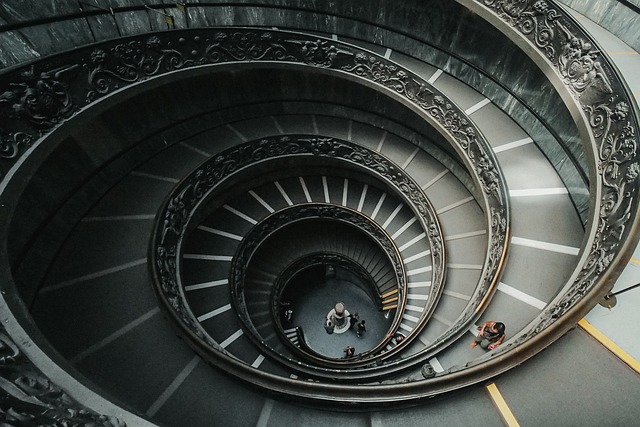Exploring the Spiritual Symbolism of Staircases in Religious Traditions
Throughout history, staircases have held significant meaning in various religious traditions, acting as powerful symbols that represent the journey of faith, the ascent to the divine, and the steps necessary to attain spiritual enlightenment. These architectural elements are often seen as more than mere structures; they serve as metaphors for our quest for a deeper understanding of existence and our place within the cosmos.
In many cultures, staircases are viewed as conduits between the earthly and the celestial. For example, in Christianity, the concept of the stairway to heaven” is poignantly illustrated in the story of Jacob’s Ladder. This biblical narrative depicts Jacob dreaming of a ladder stretching from earth to heaven, with angels ascending and descending upon it. This image encapsulates the profound belief that through faith and divine connection, individuals can rise above their earthly limitations towards spiritual fulfillment.
Similarly, in Hinduism, the idea of steps leading to enlightenment can be observed in the sacred architecture of temples. The ascent up temple steps symbolizes the transition from the mundane to the divine, encouraging devotees to leave behind material distractions and ascend towards spiritual awakening. Each step represents a stage in one’s spiritual journey, reminding practitioners that reaching enlightenment is a process that requires dedication, introspection, and perseverance.
In Buddhism, staircases are also illustrative of the path to Nirvana. The Noble Eightfold Path can be seen as a staircase leading to liberation from suffering. Practitioners visualize their ascent through moral conduct, meditation, and wisdom, each step bringing them closer to ultimate peace and understanding. The act of climbing these metaphorical stairs reflects the ongoing effort needed to cultivate virtue and mindfulness in everyday life.
Staircases appear in Islamic architecture as well, where minarets often have winding staircases leading to the top. This physical ascent mirrors the spiritual journey that believers undertake in pursuit of knowledge and closeness to Allah. The climb is a reminder of the faith required to navigate the complexities of life, highlighting that spiritual growth is not just a destination, but a journey filled with challenges and rewards.
In many traditions, ascending a staircase also symbolizes personal growth and transformation. As we climb, we confront various obstacles and learn valuable lessons, a reflection of our own lives. Each step taken in faith represents a commitment to growth, renewal, and the pursuit of higher truths. This journey is not merely about moving upwards but about transcending our limitations and expanding our capabilities.
The symbolism of staircases can resonate deeply with our individual experiences of faith. Just like climbing a staircase requires effort and determination, our spiritual journeys demand that we confront our doubts, fears, and aspirations. The beauty of these traditions lies in their shared understanding of the staircase as a motif of hope and promise, encouraging us to take that next step, no matter how challenging it may seem.
Ultimately, as we reflect on the multifaceted symbolism of staircases across various religions, we are reminded that each step we take is a vital part of our personal journey toward faith, understanding, and connection with the divine. In the ascent of these sacred structures, we find a powerful metaphor that invites us to explore the depths of our beliefs and the heights of our aspirations.




